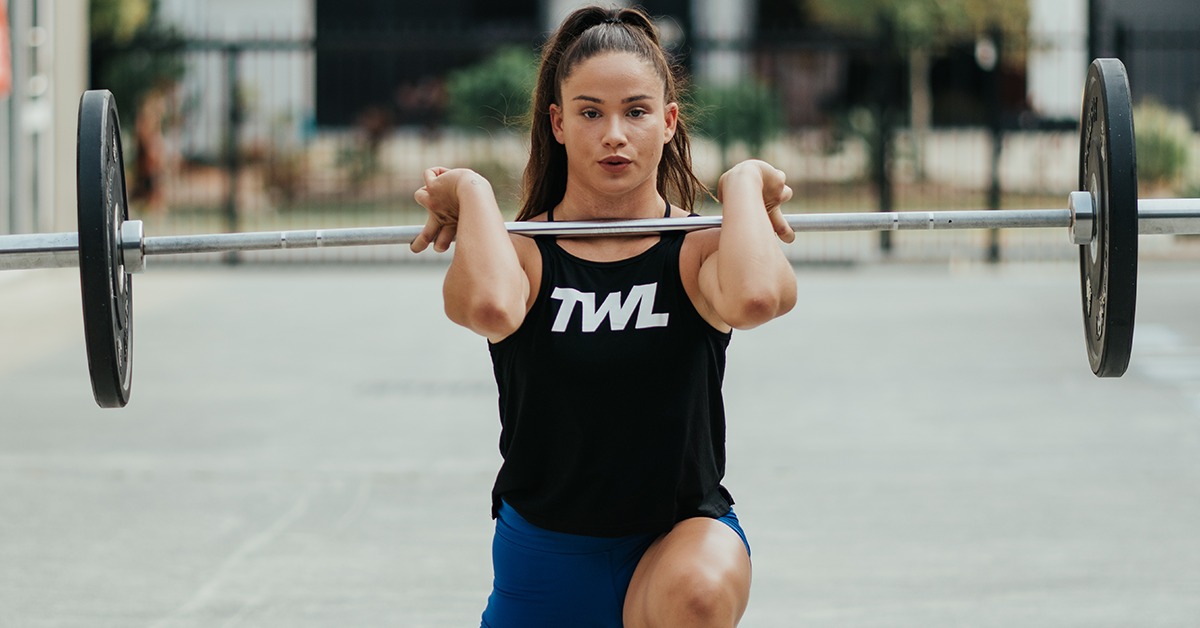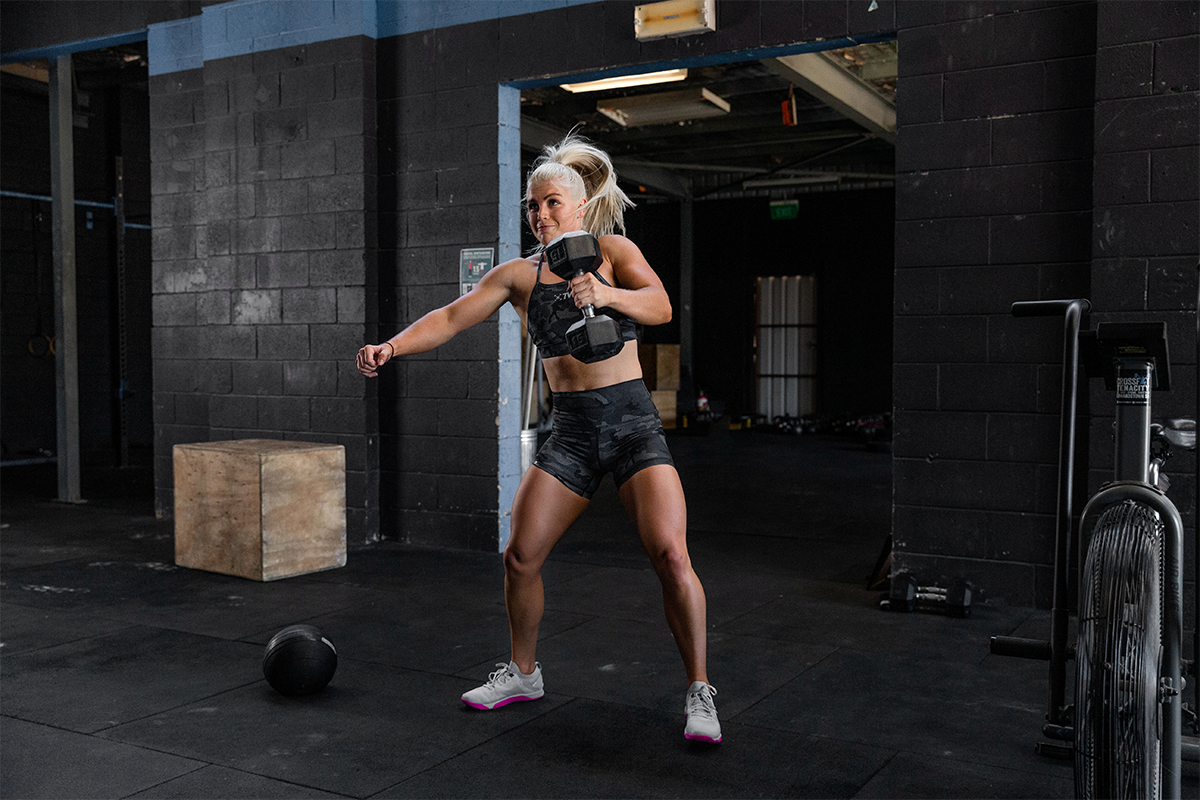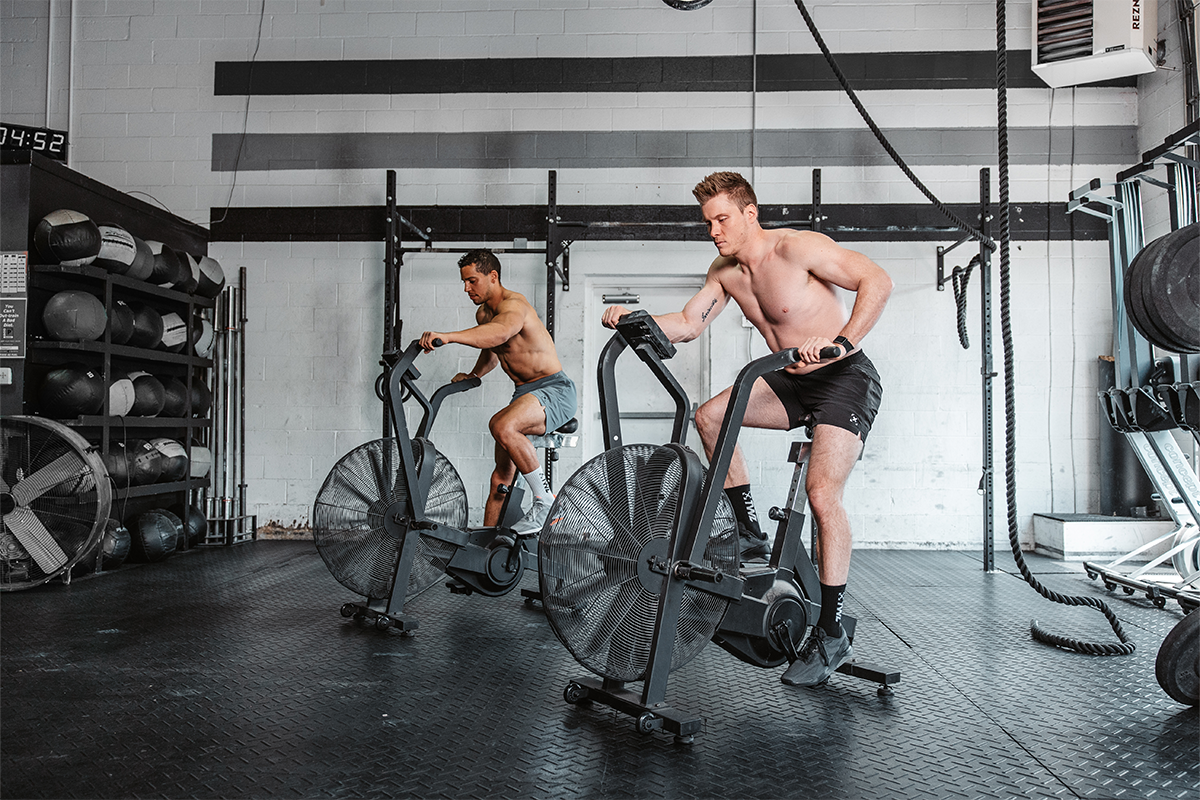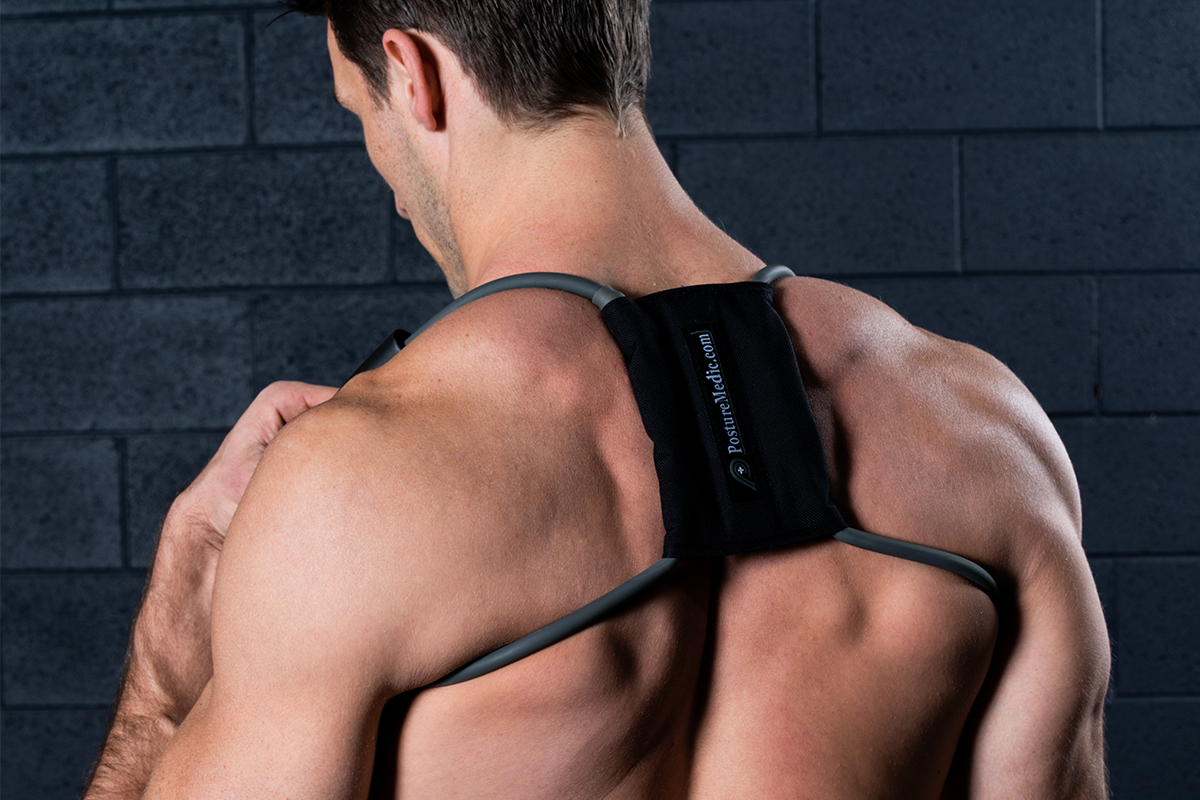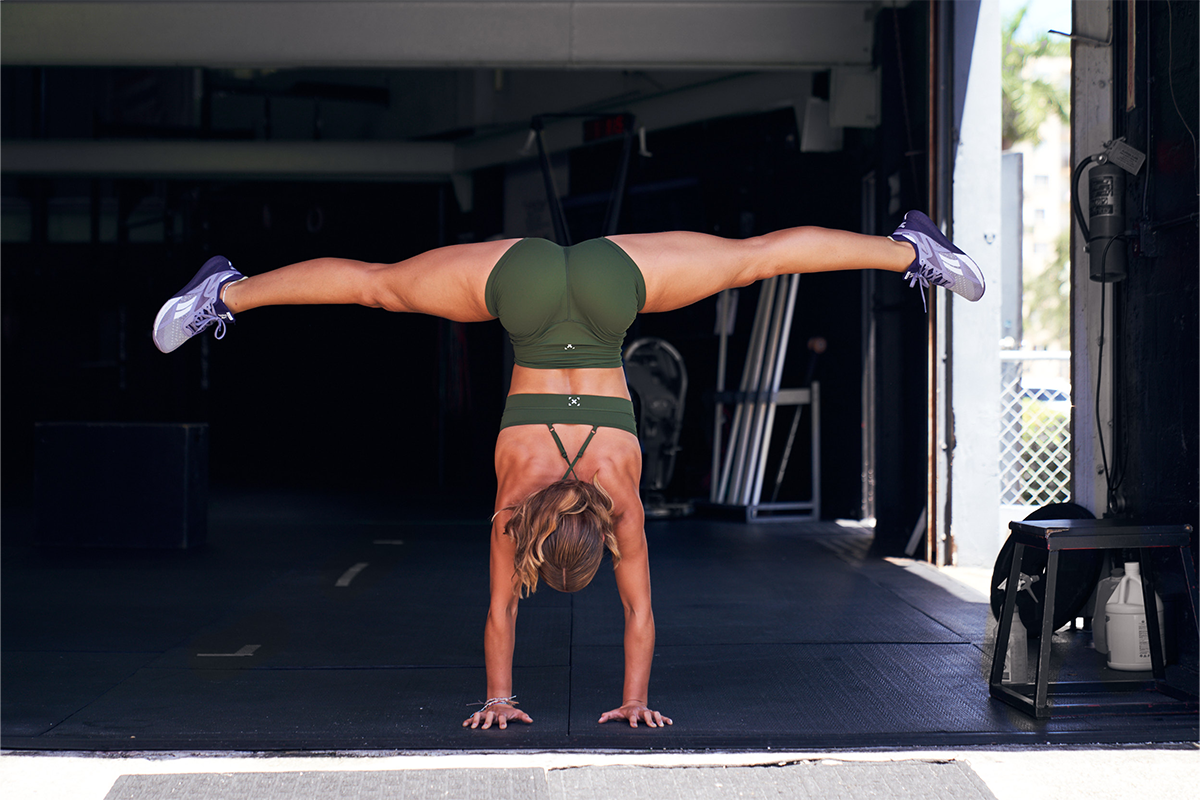Shoulder mobility is important for long-term muscle health when training and in daily life. If your shoulders can’t withstand the diverse range of motion they need to, the body compensates for it by working other muscles into overdrive, particularly your chest, neck, and upper and lower back. If these muscle groups take too much of a beating over time due to performing their assigned functions and picking up the slack from your shoulders, you can suffer from recurring body pain and injury.
It’s important to understand that the mobility of the muscles is not the same as flexibility. Mobility pertains to the spectrum of movement that the joints can perform or complete. But it doesn’t only affect the joints but the soft tissues that surround it as well, such as the muscles, ligaments, tendons, etc. On the other hand, flexibility means the muscle or muscle group’s ability to lengthen when moving.
Here are 10 beginner shoulder mobility exercises to help you get started.
10 Shoulder Mobility Exercises Perfect for Beginners
1. Standing Arm Swings
While seemingly elementary, this mobility exercise promotes the flow of blood to the shoulders. Incorporate this simple movement into your warmup routine before getting into upper body exercises.
Start by standing with your arms at your sides. Swing your arms forward as high as you can while keeping your core engaged. Then, swing your arms back down to where you started and repeat the movement for 30-60 seconds. Be careful to keep your shoulders relaxed, as stiffening them may restrict your movement.
2. Back to the Wall Shoulder Flexion
This shoulder mobility exercise focuses on improving your ability to reach overhead in the right posture, without putting pressure on your lower and upper back.
Start by standing in front of a wall with your feet approximately six to eight inches away from it. Flatten the curve of your lower back against the wall, tuck your chin down to keep your head neutral, and have your arms resting at your sides. Then, slowly lift both hands forward and upward with your thumbs raised. Lift them straight up overhead until both thumbs touch against the wall, and then slowly lower them back down to the starting position. Repeat this at least 10 times.
If you want a bit more of a challenge once you’re comfortable with this position, you can step closer to the wall.
3. Shoulder Pass-Through
Grab any long lightweight stick you have lying around to do this exercise – even a broom or a yardstick would suffice, so long as it’s approximately the length of your shoulders (at least). A band or cord will work, too. This movement serves to boost mobility in the shoulder joints while also working out the muscles around the shoulders.
Begin with your feet standing at shoulder-width distance. Hold your chosen stick out in front of you, parallel to the floor, in an overhand grip. Make sure your arms are slightly wider than your shoulders. Then, while keeping your arms straight, gradually raise the stick overhead and, if possible, behind you. Hold for a few seconds, then slowly bring the stick back down to the starting position.
Remember to only lift within your comfort zone and don’t let your core disengage.
4. Shoulder Roll
This exercise is probably the most basic move on the list, so much so that it’s practically an instinctual move for anyone with a stiff neck and shoulders. But again, these tried-and-tested moves have been ingrained in our systems for a reason – they simply work. By rolling your shoulders, you reduce tension in the shoulders and upper body. Include this in any warm-up routine, or even just to stretch out the muscles at the start of the day.
To do this correctly, stand straight with your spine stacked. It might be useful to envision an invisible stick aligning your back and head. With arms and neck relaxed, roll your shoulders upwards toward your ears. Maintain a slow clockwise pattern for half a minute, then move counterclockwise. This can be repeated several times.
5. Cross Arm Stretch
You may remember this stretch as part of the warm-up exercises in gym class. But don’t underestimate this simple move; it’s taught to everyone for a reason! This shoulder mobility exercise gently pulls at your rotator cuff to improve mobility.
Ideally, do this standing up with your feet at shoulder-width distance. Cross one arm over your chest, reaching for the other side. Using the hand of your free arm, place it over the elbow of your reaching arm and gently pull to deepen the stretch. Hold the pose for half a minute, then switch sides. You can repeat this move three times on each side.
Tip: To deepen and focus the stretch on your rotator cuff, try to pull your shoulder blade backward as you pull your arm across.
6. Modified Child’s Pose
A small adjustment to this easy yoga pose can do wonders for your latissimus dorsi muscles, or “lats,” one of the largest muscles in the back. It’s important to keep this muscle loose as it helps control the mobility of your shoulders.
While a standard child’s pose is done with palms facing down on the floor, a modified child’s pose is performed with the palms facing upward. Take this move up a notch by gently lifting one arm as high as it feels comfortable for you and holding it for five seconds. Then, switch sides. You should feel the stretch running down your back.
7. Doorway Stretch
Another home workout essential, this move opens up your chest and stretches your shoulders.
First thing’s first. You’ll need to stand in a doorway for this. (A rig will also work!) Stand with one of your feet slightly in front of the other. Raise your arms until they’re at the height of your shoulder, with the elbows bent at 90 degrees.
Rest your palms and forearms against the doorframe, and then slowly lean into the doorframe.
This stretch may be uncomfortable if you’re just starting, so remember to only stretch as far as you’re comfortable and breathe normally. If you feel any sharp pain, pull back so that you don’t risk overexerting your muscles.
8. Thread the Needle
This pose is another yoga classic that helps to minimize tension in the shoulders and back. This is normally done on the floor, so you may want to roll out an yoga mat, a blanket, a towel, or anything to cushion your limbs from the hard surface.
Start with a tabletop position on the floor, with your hands under your shoulders and your knees under your hips. With your knees supporting your lower body, “thread” your right arm under your left by slipping it just under where the arm is supporting you against the floor. Rest your right shoulder and ear on the floor and lift your left arm to open your chest. Keep your eyes forward to the arm you’ve stretched out in front of you and breathe deeply. Hold the position for 30 seconds, and then stretch the other arm.
9. Supine Floor Slides
This move helps to improve posture and overhead shoulder mobility. The purpose of doing this on the floor is to make it easier for you to feel whether you’re compensating for the movement with other parts of your body, which will signal you to adjust your form.
With your shoulders and back supported firmly against a hard surface, whether it’s the wall or the floor, start with both of your arms raised above your head. Slowly slide your arms down by bending at the elbows until they form a V-shape at your sides. Repeat this motion up to 10 times.
10. Chest Expansion
This type of exercise doesn’t only ease the tension in your shoulders but loosens your chest and upper back as well. There are several ways of doing this simple yet effective move, but here is one option you can try.
Start by standing with your feet approximately shoulder-width apart. Raise your arms forward at shoulder height with the palms facing each other. Swing your arms out until you form a straight line with your arms, then quickly pump them back twice before swinging them forward again. Pumping your arms back deepens the stretch slightly, helping to open your chest a little bit more.
Remember, yes, this is about helping you move more efficiently. But mobility is important in preventing injury. Take time to take care of your body, and it’ll thank you for it!
Want to build shoulder strength? Try this exercise from Brent Fikowski.

